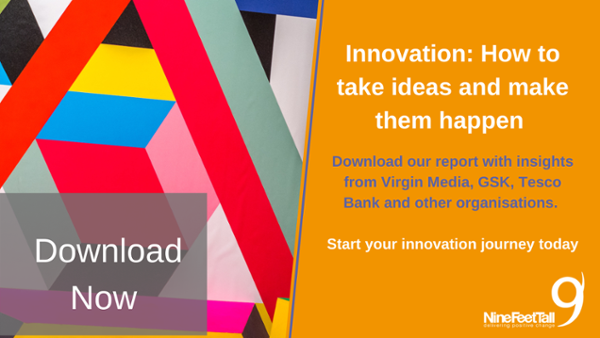It all seems pretty obvious. Businesses and individuals have realised the benefits of remote working, but trust, culture and creativity can suffer with no face-to-face time. A balanced blend of both on site and off site working seems like the clear answer. Yet cracking this style of “hybrid working” is not as simple as just having multiple workplace locations available.
Hybrid ways of working build on the advantages of flexible working by combining remote, office and site working. There is also flexibility in when individuals dedicate their work time and how long for. CIPD recently reported: “Organisations who do not support flexible forms of working may risk increased employee turnover, reduced employee engagement and limitations on the ability to attract talent in the future.” There is a clear benefit to both individuals and the business as work life integration means less stress and risk of burn out.
Like anything, if it’s worth doing then it’s worth doing properly. So here are some pointers to help you make hybrid working a success.
1.What do you want to keep / change / introduce / abandon?
Learn what your teams want from the business. Consulting everyone who will be impacted is essential. Listen to what people want and then see if you can shape your new ways of working around your findings. Don’t make assumptions, instead encourage collaboration, empathy and understanding. New working patterns need to suit the needs of teams, the individual and the business. When everyone was working remotely it was a level playing field. But now with some returning to the office, how will you make sure your meetings are effective and make sure everyone contributes?
2. Embrace the opportunity and work out your organisation’s objectives.
Embracing hybrid working can reduce travel expenses and office overheads, have a better environmental impact, increase productivity and provide your employees with more autonomy. Work out what you want to achieve through your new ways of working and design your policies around this.
3. Manage the change through stakeholder mapping.
Changes to the ways of working will impact everyone across your business and even potentially business partners, suppliers and customers. It will be important to ascertain who is affected and how and manage communication accordingly to ensure there are no surprises lurking.
4. Embed the new ways of working into policy.
It will be important to review policies and to create a new one which explicitly states your new ways of working. Related policies which may be affected include GDPR, Health & Safety, Expenses, IT Policy among others. Does your cybersecurity policy allow for remote working and are your teams aware of best practices to prevent data breaches whilst off site? Different settings will mean extra vigilance, especially when working in public places like cafes where you don’t have the security of home Wi-FI. There is a real danger that people will get sucked back into the old ways and the benefits of remote working won’t be fully realised if company policies aren’t updated.
5. Don’t let good communication be an afterthought.
Be crystal clear on your expectations. What are the desired outputs, timeframes, roles and responsibilities around your new ways of working? Make sure that everybody knows the communication channels available to connect with people in the business when they are not face to face. Do these need consolidating? Engage with your teams to understand what the best methods are for connecting and remove unused channels.
6. Update Your Performance Management Process.
Does your current Performance Management process need to be adapted to support the new ways of working? It is important that teams still have access to Learning and Development opportunities and have adequate time and budget set aside for this.
7. Continuously Monitor Everyone’s Wellbeing.
This is a big change and people should be allowed to adjust whilst feeling supported. The literal integration of working life into the home meant there was a danger that boundaries became blurred, and wellbeing wasn’t supported. Make sure that your H&S policy supports wellbeing requirements for remote working – to protect both physical and mental health. The toll of continuous online meetings has been well documented and it is vital that individuals know what to do if the changes to ways of working are affecting their health. Be clear on how you monitor your teams’ wellbeing and make sure it happens.
We hope that these tips help you to seize the opportunity to reshape how, when and where people work for your business. If you need any further information or a free consultation don’t hesitate to get in touch: EstherM@NineFeetTall.com
Sources:
https://fortune.com/2020/08/10/remote-work-from-home-cost-zoom-innovation-google-goldman-sachs/
https://www.bbc.com/worklife/article/20200421-why-zoom-video-chats-are-so-exhausting


